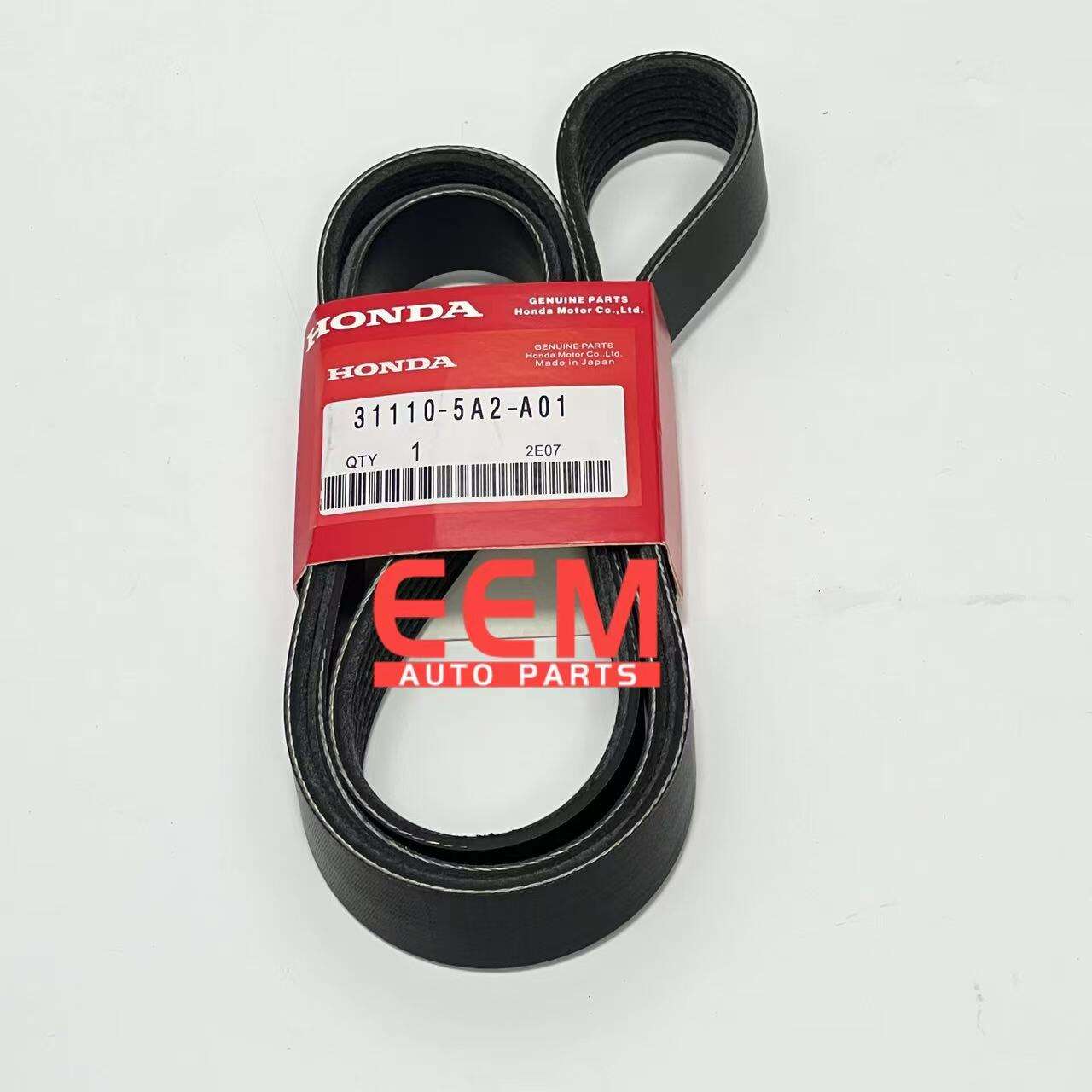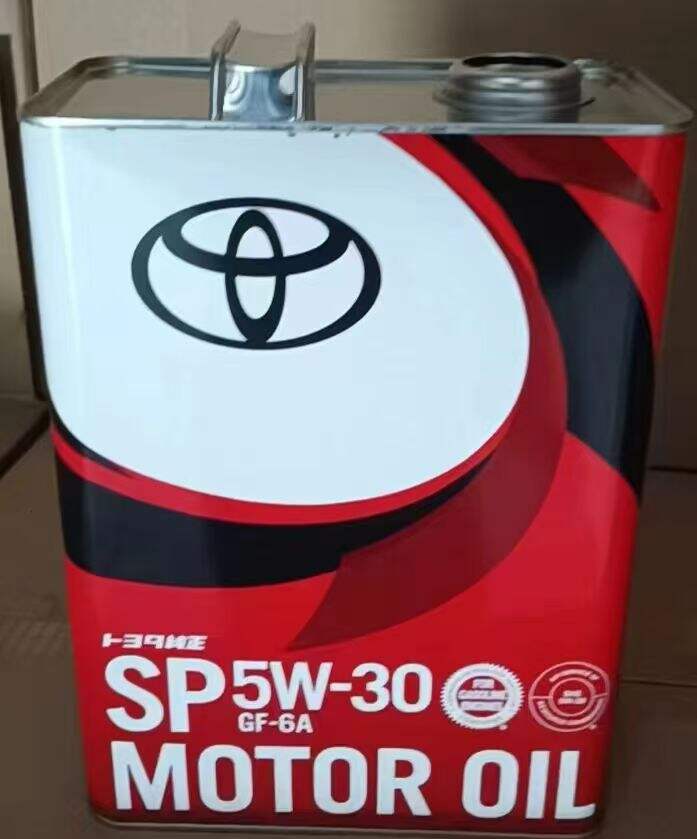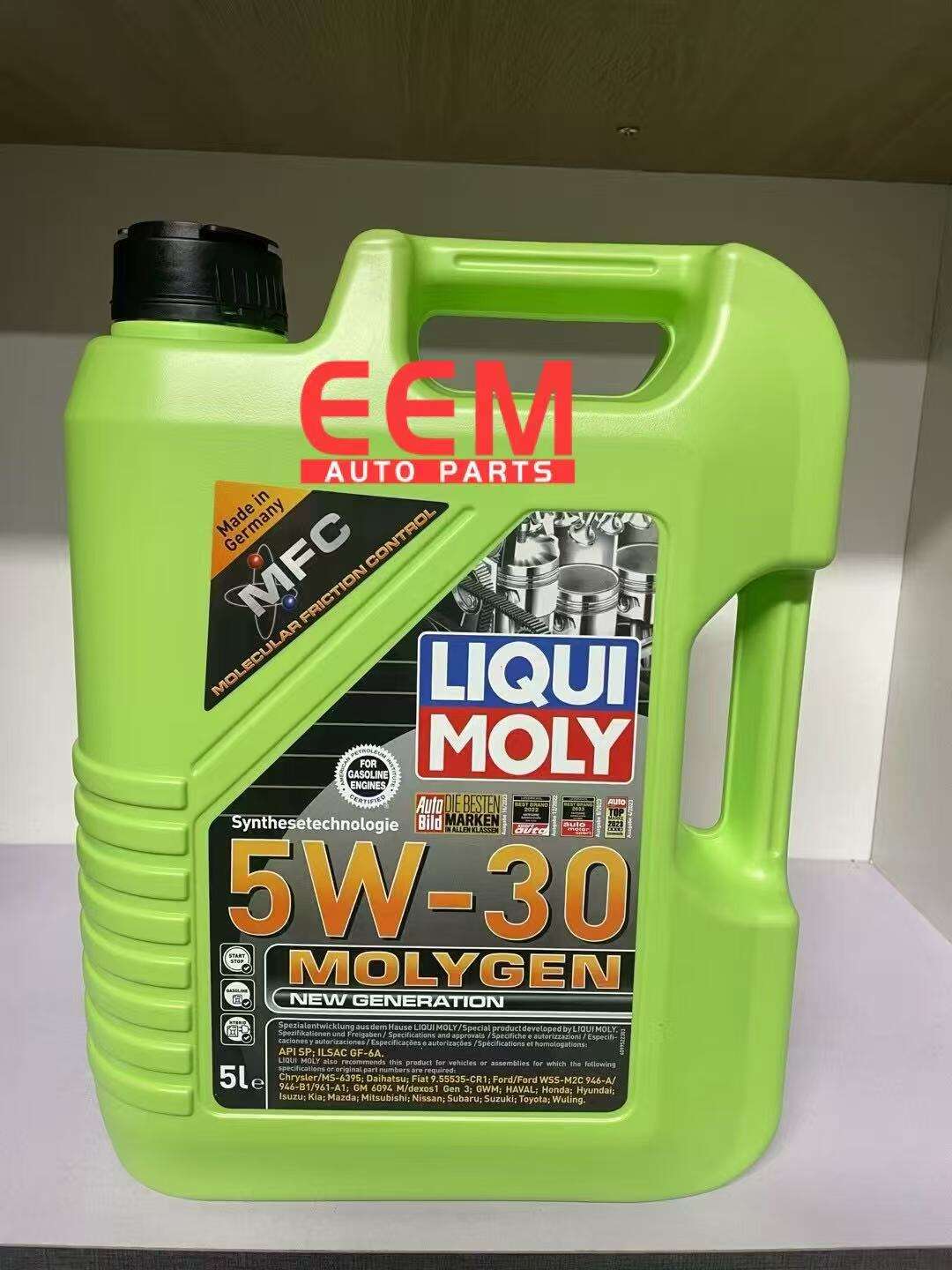camber in cars
Camber in cars refers to the angle of the wheels in relation to the vertical axis when viewed from the front or rear of the vehicle. This crucial suspension geometry component plays a vital role in vehicle handling, tire wear, and overall performance. The camber angle can be positive, where the top of the wheel leans outward, or negative, where it leans inward. Modern vehicles typically employ precise camber settings to optimize the contact patch between the tire and road surface, ensuring maximum grip and stability. Performance vehicles often utilize negative camber settings to enhance cornering capabilities, as this alignment helps maintain optimal tire contact during aggressive turns. The technology behind camber adjustment has evolved significantly, with many high-end vehicles featuring adaptive suspension systems that can automatically adjust camber angles based on driving conditions. This advanced capability allows for optimal wheel positioning in various scenarios, from straight-line highway cruising to dynamic cornering on winding roads. Understanding camber is essential for vehicle maintenance, as incorrect camber settings can lead to uneven tire wear, reduced handling performance, and compromised safety.


